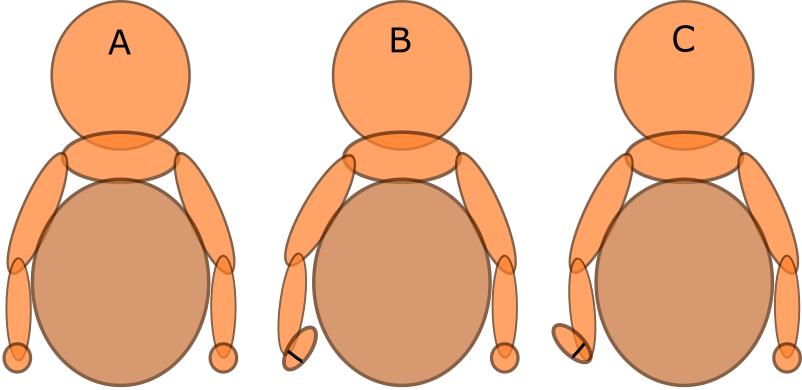Excitement is in the air. Dreams and hopes about what is to come. Questioning yourself if you know enough and how much you will learn. Will they all be nice? Will it be heavy work? Will I find my place there? When all these questions arise you know it is about to happen – the intern life at Lindegaard, with Bent and Kathrin.
I was so happy the day I arrived at Lindegaard. The adventure was about to start. Now I am closing in on the end of my internship and I am still so happy to be here. Yes, it it is hard work, and sometimes you wonder how it can already be morning when the alarm is buzzing but to be in the intern bubble and only live, train, breathe and love horses is truly amazing.

A typical intern day you start working just before 6; feeding, mucking, sweeping, brushing horses and taking them to their fields. Then there are lessons for weeks students and interns and then Bent is training his horses. After this there is lunch feeding and a few hours break. In the afternoon Kathrin is giving lessons and training her horses and you are of course welcome to watch if you want to, but this is not part of our working day. You can also just hang out with your new best friend, your bed. In the evening we muck, sweep and feed the horses and are usually ready around 19.30. During the weekends there is less work so there is definitely time to relax and get some extra sleep.
Every week you get three lessons with Bent. I remember how nervous I was when showing my horses to Bent. When you stand there in the arena and everyone is watching you and your horse. The thing is both Bent and Kathrin are really nice, so the nervousness quickly disappears and then you can just focus on learning, as much as you can possibly get into your and you horse’s heads and bodies. I have learnt so much during my lessons, details I didn’t even know existed. I have focused a lot on my seat, but the beauty is that no matter your level, you will get a very good education! You will start where you need to start, to get a thorough understanding of how to train horses, whether it is in ground work, longeing, hand work or riding.
And then I have not even mentioned all the other wonderful people you meet when being an intern…
And then I have not even mentioned all the other wonderful people you meet when being an intern… Of course you work close together with the other intern. Every week there will also be week students training for Bent and/or Kathrin. You live together with the week students so there is plenty of time to discuss horses, academic art of riding, horse tack, life,…, you name it. There are also other guests visiting, like people coming to see Bents´s training, trainers, saddle makers etc. This is a truly inspiring and a huge part of why I am so happy about being here. I can just totally indulge in the academic art of riding and everyone else is just as nerdy about it as I am!

